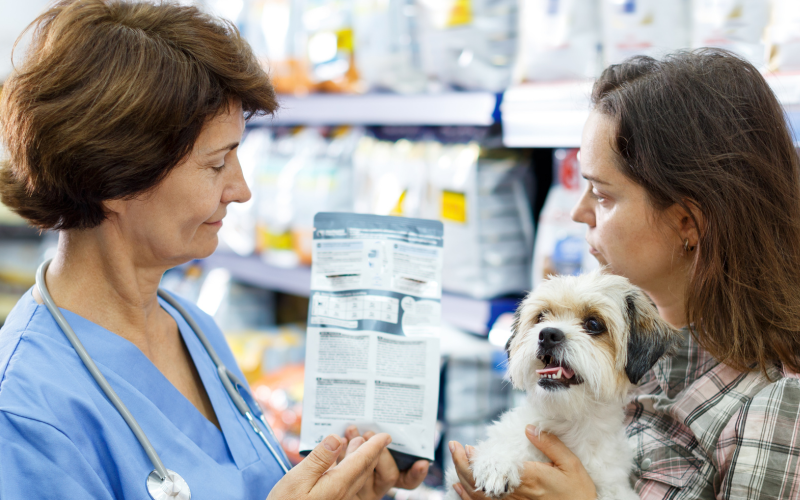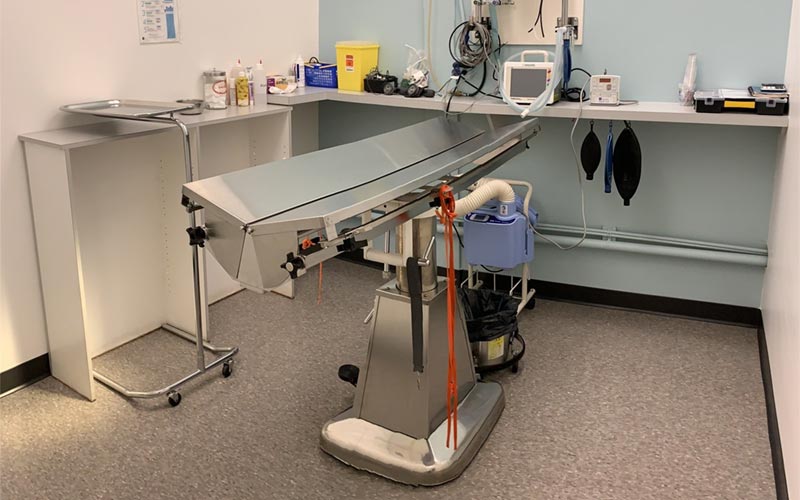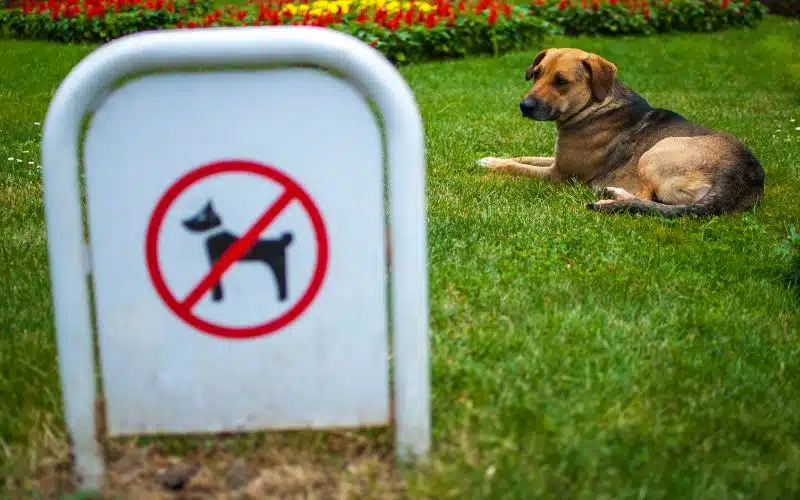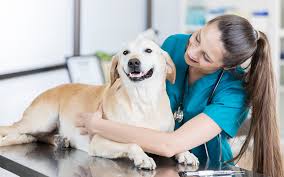When you bring your pet to the veterinary clinic, it’s important to understand that there are certain areas within the practice that are off-limits to pet owners. These restricted zones are essential for maintaining a safe, sterile, and efficient environment for the veterinary staff to provide the best care for your pets. In this article, we will explore the different areas of a veterinary practice that pet owners do not have access to and explain why these restrictions are in place.

The Surgical Suite
One of the most critical areas in any veterinary practice is the surgical suite. This is where all surgical procedures are performed. To maintain a sterile environment and prevent infections, pet owners are not allowed in this area. The presence of non-staff individuals can introduce bacteria and contaminants, jeopardizing the safety of the surgical procedures. 🏥🔒
Treatment and Procedure Rooms
Treatment and procedure rooms are designated for medical treatments, minor surgeries, and other procedures that require a controlled environment. These rooms are equipped with specialized equipment and are designed to be clean and sterile. Allowing pet owners in these areas can disrupt the workflow and increase the risk of contamination. 🚑🚫

Diagnostic Imaging Areas
Diagnostic imaging areas, such as those housing X-ray machines, ultrasound equipment, and MRI scanners, are also off-limits to pet owners. These areas contain sensitive and expensive equipment that requires careful handling. Moreover, the presence of pet owners during imaging procedures can pose safety risks due to exposure to radiation and other hazards. 📸⚠️
Pharmacy and Medication Storage
Veterinary practices have dedicated areas for storing medications, including controlled substances. To ensure the security and integrity of these medications, access is restricted to authorized personnel only. This helps prevent accidental exposure, misuse, or theft of medications, ensuring they are safely and appropriately administered to pets. 💊🔐
Laboratory and Testing Areas
Laboratory and testing areas are where blood tests, tissue samples, and other diagnostic tests are conducted. These areas must be kept clean and organized to ensure accurate results. Pet owners are restricted from accessing these areas to maintain the integrity of the testing processes and prevent any contamination. 🔬🚷
The Importance of Restricted Areas
Restricting access to certain areas of the veterinary practice is crucial for several reasons:
1. Sterility and Cleanliness Maintaining a sterile environment is vital for the health and safety of all pets undergoing treatment. Restricted areas help minimize the risk of infections and ensure that medical procedures are conducted in the cleanest possible environment. 🧼🩺
2. Safety Some areas of the practice contain hazardous materials or equipment that can pose risks to untrained individuals. Restricting access helps protect pet owners and staff from potential accidents and ensures that only trained professionals handle sensitive equipment and substances. 🛡️👩⚕️

3. Efficiency and Workflow Allowing pet owners into certain areas can disrupt the workflow and efficiency of the veterinary staff. By restricting access, the staff can focus on providing the best care for the pets without unnecessary interruptions. 🕒💼
4. Confidentiality Veterinary practices must also protect the privacy and confidentiality of other clients and their pets. Restricted areas help ensure that sensitive information and procedures are kept confidential and secure. 🔒📁
How Pet Owners Can Support These Restrictions
As a pet owner, understanding and respecting these restrictions is essential. Here are some ways you can support your veterinary practice:
1. Trust the Professionals Trust that the veterinary staff is working in the best interest of your pet. They are trained to handle medical procedures and ensure the safety and well-being of all animals in their care. 👩⚕️❤️

2. Follow Instructions Always follow the instructions provided by the veterinary staff. If you are asked to wait in the reception area or a designated waiting room, comply with their requests to help maintain a smooth and safe operation. 🛋️📋
3. Ask Questions If you have any concerns or questions about why certain areas are restricted, don’t hesitate to ask. The veterinary staff will be happy to explain the reasons and help you understand the importance of these measures. 🤔❓
4. Support Hygiene Practices Maintain good hygiene practices when visiting the veterinary clinic. Wash your hands, use hand sanitizers, and avoid bringing unnecessary items into the clinic that could introduce contaminants. 🧴🧼
Conclusion
Understanding the areas of a veterinary practice that are off-limits to pet owners is crucial for ensuring the safety, efficiency, and cleanliness of the clinic. By respecting these restrictions and supporting the veterinary staff, pet owners can help create a positive and safe environment for their pets and others. Remember, these measures are in place to provide the best possible care for your beloved pets.
